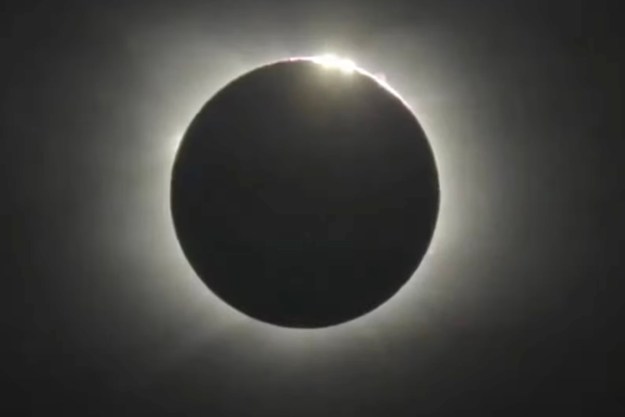NASA astronaut Shane Kimbrough and Thomas Pesquet of the European Space Agency successfully completed their second spacewalk in four days on Sunday, June 20.
The spacewalk saw the pair install a 60-foot-long, 10-foot-wide roll-out solar array at the International Space Station (ISS) as part of ongoing work to upgrade the satellite’s power systems.
American astronaut Kimbrough and his French counterpart finished the extravehicular activity (EVA) — as spacewalks are officially known — at 2:10 p.m. ET, after 6 hours and 28 minutes. Sunday’s EVA marked the eighth ISS spacewalk this year.
The ISS Roll-Out Solar Array (iROSA) was fixed to the far end of the left (port) side of the station’s backbone truss structure. A short while after the spacewalk ended, NASA shared a time-lapse video showing the solar array unfurling.
#ICYMI: This time-lapse video shows the new roll out solar arrays deploying from start to finish. @Astro_Kimbrough and @Thom_Astro completed the installation work today then readied a second set of solar arrays for an upcoming spacewalk. pic.twitter.com/hCx1A5PoVc
— International Space Station (@Space_Station) June 21, 2021
“Kimbrough and Pesquet successfully unfolded the solar array, bolted it into place, and connected cables to the station’s power supply to complete deployment,” NASA said in a report on the latest EVA. “Additionally, the astronauts removed and stowed hardware in preparation for releasing the second iROSA from the flight support structure for installation.” The two astronauts will set to work on the next solar array installation during another spacewalk currently scheduled for June 25.
ISS astronauts will install a total of six new solar arrays, all of them coming to the space station on SpaceX resupply missions. Transporting them in a rolled state is the only way to get them inside SpaceX’s Cargo Dragon spacecraft.
“With the new batteries that we developed and deployed last year, that really solidifies the power going forward for at least the next decade,” said John Mulholland, ISS vice president and program manager at Boeing, which provides engineering support for the station under contract with NASA.
Sunday’s spacewalk was the eighth for Kimbrough, the fourth for Pesquet, and the fourth in which they’ve both gone out together. According to NASA data, Kimbrough has now spent a total of 52 hours and 43 minutes spacewalking, and Pesquet 26 hours and 15 minutes.
To date, space station crew members have carried out 240 spacewalks geared toward assembly and maintenance of the habitable satellite, which orbits Earth at an altitude of around 250 miles. It means that spacewalkers have now spent a total of 63 days and 56 minutes working outside the orbiting outpost.
For some spectacular images of spacewalks at the ISS and in other settings from over the years, be sure to check out this gallery.
Editors' Recommendations
- NASA’s Orion spacecraft has ‘critical issues’ with its heat shield, report finds
- China’s space station was hit by space junk
- See what the solar eclipse looked like from space
- What kind of view will ISS astronauts get of the solar eclipse?
- NASA astronauts will try to grow plants on the moon


